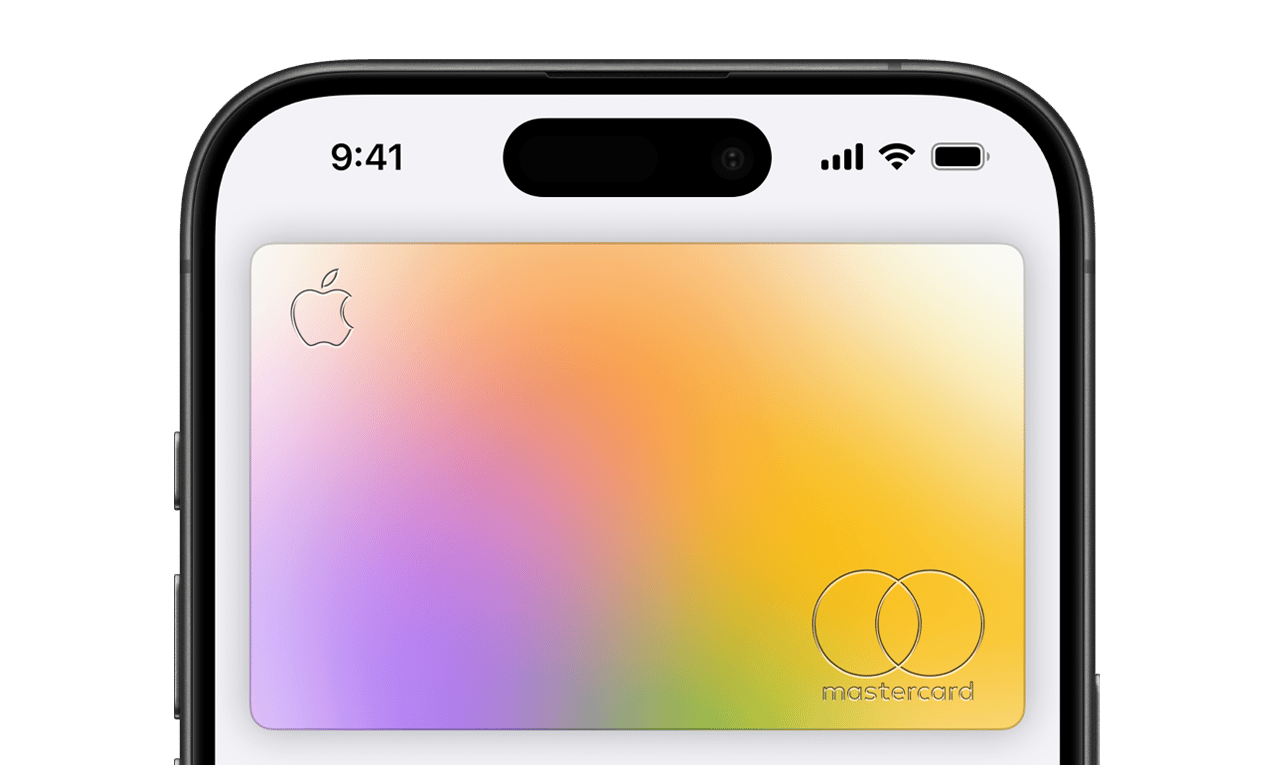Apple Card: What’s Helpful and What’s Hype?
It doesn't really 'rethink' credit cards — but it does roll up several hard-to-find features into one product.

Many or all of the products on this page are from partners who compensate us when you click to or take an action on their website, but this does not influence our evaluations or ratings. Our opinions are our own.
UPDATE June 15, 2020: This article was originally published on Aug. 30, 2019, and has been updated to reflect the latest features of the card.
Apple has touted its co-branded credit card — the Apple Card — as another in a long line of innovations, claiming it "completely rethinks everything about the credit card." But that's a bit of an overstatement.
While the Apple Card does boast some compelling attributes, perhaps the most innovative thing about it is that it combines several hard-to-find — but not unprecedented — features into a single package.
"We need to keep in mind that this is simply a credit card," says Brian Riley, director of the credit advisory service for Mercator Advisory Group, a payments and banking industry consulting group, via email. Noting that the Apple Card will be competing against some well-established issuers, including Chase and American Express, he says it will be "a case study in loyalty. Will the masses follow Apple?"
If you're tempted to take the Apple Card plunge, here's how to separate the helpful features from the hype.
No, the Apple Card doesn't 'completely rethink everything'
The Apple Card doesn't so much break new ground as consolidate it.
Unlike many other cash-back credit cards, this one is clearly designed for mobile-first users. In fact, the primary way you apply for the Apple Card is via an eligible iPhone, which is unique (if also a potential roadblock).
"As with all Apple products, there is indeed an elegance to it," Riley says.
But virtually any credit card can be added to a mobile wallet and used the same way.
The Apple Card does incentivize the use of a mobile wallet, earning the following rewards:
Rewards | Categories |
|---|---|
3% cash back |
|
2% cash back | All other purchases made via Apple Pay. |
1% cash back | All purchases made with the physical Apple Card. |
But many Apple Card competitors earn similar rates or higher without requiring that you use a mobile wallet to get them.
And about that physical, "laser-etched titanium" card, which you must request separately, by the way? Apple has gone to great and hilarious lengths to explain how to care for it, but the best way to take care of it — and yourself — is to simply not carry it around at all. Its rewards rate just isn't competitive today.
When it comes to fees, the Apple Card trumpets its lack of them — but you can find any number of cash-back cards that similarly charge neither an annual fee nor any "over-the-limit" fees, which have been extinct for years. More interesting is the Apple Card's lack of foreign transaction fees or late fees. It's harder (though not impossible) to find cash-back cards that don't charge a fee for purchases abroad, and though other cards already waive late fees, typically those products don't earn rewards.
So what is new about the Apple Card?
When it debuted in August 2019, the Apple Card did rethink — that is, it opted against — offering a sign-up bonus or a 0% intro APR period, both of which are common features of its competitors. (It has since featured some modest, occasional bonus offers, and it now has interest-free financing options ... but only for Apple-branded devices and accessories).
But the Apple Card does bring some truly fresh offerings to the table:
See your credit limit and APR before committing to the card. If approved for the card, you can decide — based on the credit limit and APR you're offered — whether you want to accept the deal. Apple says you'll have up to 30 days to make your decision and that "your credit score is not affected until after you accept." Few other credit cards show you this information before pulling your credit.
Access 24/7 text-message-based customer support. Round-the-clock customer service isn't new, but carrying on a conversation with the issuer via text is novel, and ideal if you loathe phone calls and long hold times. (You can also call through the iPhone Wallet app.)
Use Apple Maps to help clarify your purchases. You can tap on individual charges you make with the card to pinpoint that merchant’s location on your iPhone’s Apple Maps app.
And what is just rare or interesting?
The Apple Card also offers some features that, while not unheard of, are still nice to have and not a given:
Instant access to your card upon approval. Start making purchases immediately, with no need to wait days before receiving a physical card in the mail. Instant credit access is a nice feature, but not unheard of.
Ability to accrue (and spend) rewards in real time. There's no minimum redemption amount and no waiting until the billing cycle is over to access your stash. These features are welcome, but available elsewhere.
A billing cycle that's always at the end of the calendar month. Apple calls this a payment schedule "based on common sense," and it can certainly make it easier to keep track of when your bill is due. But other issuers allow you to set your own billing date.
Access to financial tools to help you break down and categorize your spending. Helpful, but available via many other credit cards and third-party sites, NerdWallet included.
Instant card replacement: If you suspect your Apple Card might have been compromised, you can generate a new card number and invalidate your old one, all within the Wallet app. This is nifty and can save time, but other cards offer free overnight card replacement and/or the ability to "freeze" or "lock" a misplaced card.
The Apple Card claims to take security a step further, instituting additional privacy measures so that Apple can't tell where you shopped, what you bought or how much you spent. (Apple notes that Goldman Sachs, on the other hand, does have access to your data.)
Are its interest rates 'among the lowest in the industry'?
When the Apple Card debuted in August 2019, Apple noted that it would have a variable APR of 12.99% to 23.99% based on creditworthiness. As of September 2022, it's changed. The ongoing APR is 18.24%-28.49%, Variable.
The low end of that range is better than average — and better than what many other cash-back credit cards offer. But only those with excellent credit are likely to qualify for that rate.
And you might be able to do even better still with a credit union credit card.
It's worth noting that the Apple Card's app has some terrific visual incentives to help you understand how much credit card interest you're potentially accruing if you don't pay your bill in full every month. The "Choose Amount" dial goes from red to green as it displays an estimate of the interest you’ll pay, based on the payment amount you choose.
There's also a longer-than-average grace period that lasts until the end of that month's billing cycle, rather than the typical 21-day window, giving you some extra time to pay your bill before you start accumulating interest on your balance.
'Created by Apple, not a bank'?
Apple obviously had a big hand in developing this product. But the card is still issued by Goldman Sachs, an investment bank. And it's Goldman Sachs that will review your application — along with your credit scores, credit report and the income you claim on your application — to decide whether you will be approved for the card.
That kind of underwriting is standard for the vast majority of credit cards on the market. A handful of so-called "alternative credit cards" can evaluate creditworthiness beyond credit scores and history — but the Apple Card isn't one of them.
» MORE: Should you get the Apple Card?
Find the right credit card for you.
Whether you want to pay less interest or earn more rewards, the right card's out there. Just answer a few questions and we'll narrow the search for you.


